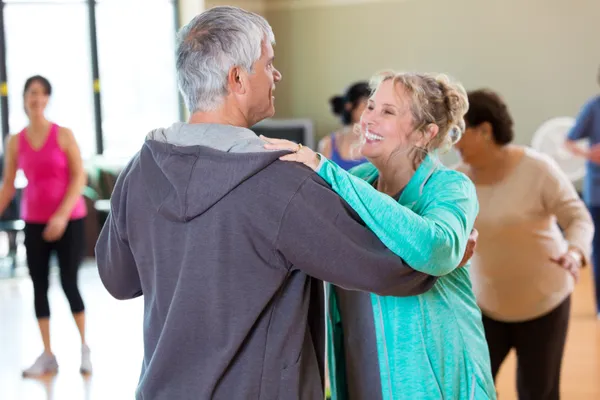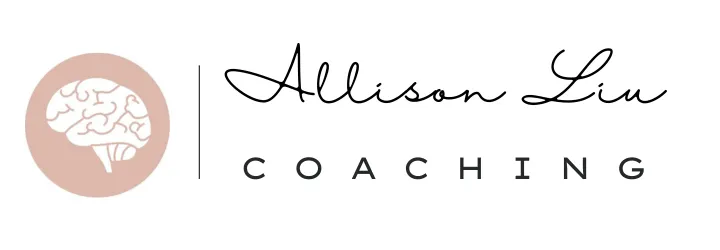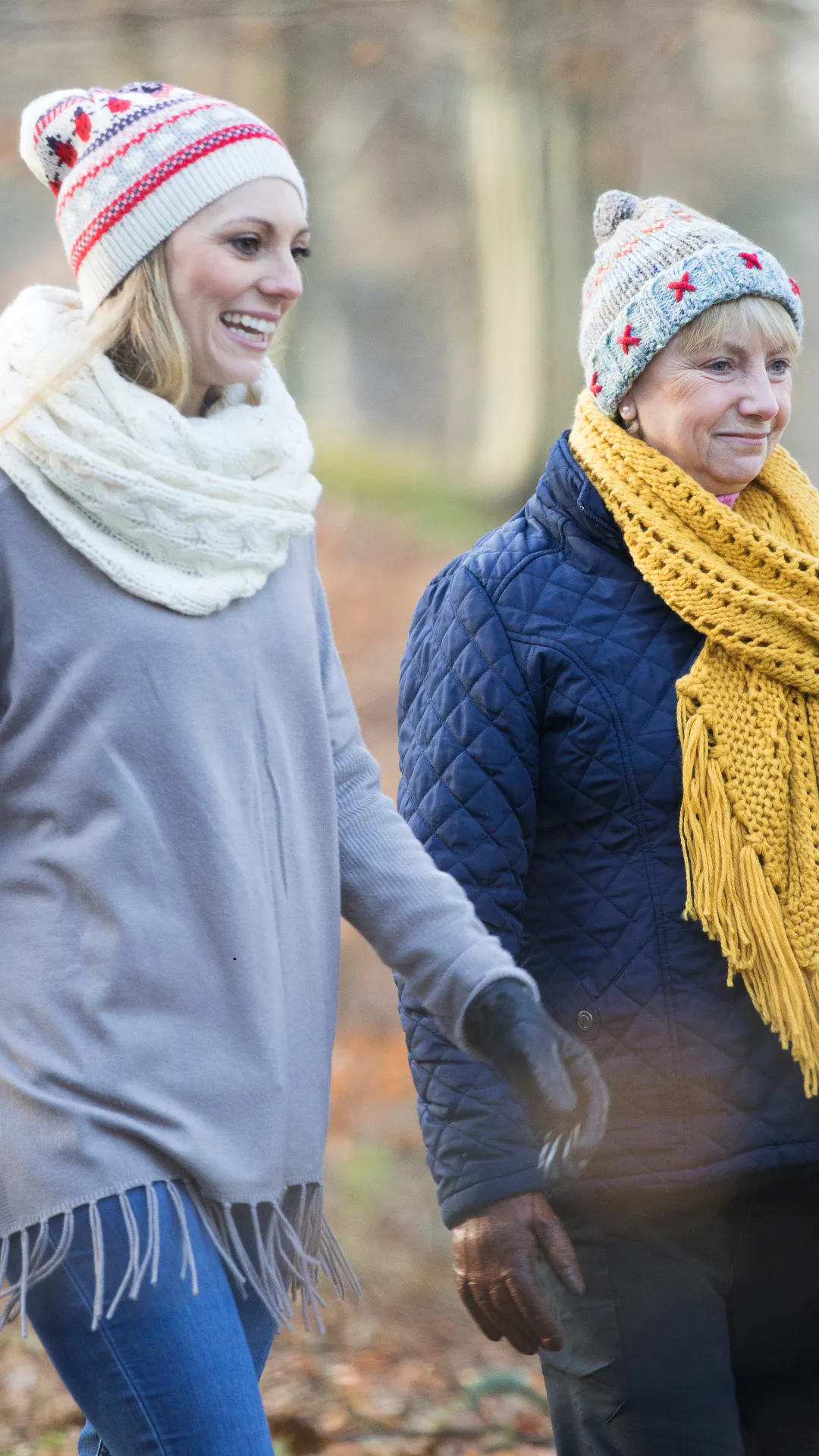
Why an Underactive Cerebellum Can Make You Feel Slow - And How to Fix It
"We now know that with proper stimulation and an enriched environment, the human brain can continue to develop at any age"- Marian Diamond, PhD Neuroscientist
We often hear the phrase, "If you don’t use it, you’ll lose it," and that couldn’t be truer for the brain. Just like muscles, your brain needs regular workouts to stay strong and resilient as you age. But what happens when certain parts of your brain aren’t functioning at their best?
If you’ve been feeling mentally sluggish - struggling with slow thinking, clumsy movements, or even trouble finding the right words - it could be due to an underactive cerebellum.
The Little Brain
The cerebellum, Latin for “little brain,” is located at the base of your brain, just behind the brainstem. Despite making up only 10% of the brain’s volume, it contains 50% of the brain’s neurons, highlighting just how essential it is.
Traditionally associated with physical coordination, movement precision, and timing, the cerebellum also plays a crucial role in thinking speed, speech, memory, attention, and learning. When this part of the brain isn’t functioning optimally, its effects can ripple across many aspects of daily life.
How an Underactive Cerebellum Affects Everyday Life
When the cerebellum isn’t working efficiently, everyday tasks can feel more challenging. You might notice:
Feeling unsteady on your feet - You may trip more often, feel less stable when turning quickly, or struggle with uneven surfaces.
More clumsiness or coordination issues - Dropping things, knocking things over, or feeling less “in control” of your movements.
Slower thinking and speech - You might take longer to find the right words in conversation or feel like your brain isn’t processing information as quickly.
Forgetfulness or trouble learning new things - The cerebellum plays a role in memory and learning, so an underactive one may contribute to difficulties retaining new information.
Slower reaction times - Whether it’s catching something that falls or responding to something unexpected while driving, you may notice you don’t react as quickly as before.
Why Does the Cerebellum Become Underactive With Age?
As we get older, several factors can contribute to a decline in cerebellum function.
Reduced Physical Activity
The cerebellum thrives on movement and coordination. If we become more sedentary as we age, by spending more time sitting and less time engaging in activities that challenge balance and coordination, it can weaken.
Slower Neural Communication
Over time, the speed at which our brain sends and receives signals can slow down, leading to delayed reaction times and less precise movement control. This is why some people may notice they aren’t as quick on their feet as they once were.
Decreased Blood Flow to the Brain
Good circulation is essential for brain health, but as we age, blood flow to the brain can decline, especially if cardiovascular health isn’t optimal. Since the cerebellum contains 50% of the brain’s neurons, it requires a steady supply of oxygen and nutrients to function well.
Loss of Neural Connections
The brain is designed to adapt and change, but if we don’t actively challenge it with new and complex movements, we risk losing important neural connections.
Chronic Stress and Poor Sleep
The cerebellum works closely with other brain areas responsible for thinking, balance, and coordination. High stress levels and poor sleep quality can disrupt these connections, making it harder for the cerebellum to perform at its best.
However, the cerebellum responds incredibly well to movement-based exercise, and it’s never too late to train it!
How to Strengthen the Cerebellum
The key to activating and strengthening the cerebellum is coordination-based exercises - activities that challenge your body to move in sync with your brain.
Here are some of the best brain-boosting workouts:
Dancing
Dancing is one of the best ways to activate the cerebellum because it requires precise coordination between your brain and body. Learning new dance moves challenges your memory, balance, and rhythm - all functions linked to the cerebellum. Plus, dancing to music stimulates multiple areas of the brain at once, enhancing neuroplasticity (the brain’s ability to rewire and grow).
Playing Racquet Sports (Tennis or Table Tennis)
These sports are fantastic workouts for the cerebellum because they demand hand-eye coordination, quick reflexes, and split-second decision-making. When you track a fast-moving ball, anticipate your opponent’s moves, and time your swings accurately, your cerebellum is working hard to keep everything in sync. The constant adjustments in movement also improve motor control and cognitive processing speed.
Practicing Tai Chi or Pilates
Both tai chi and Pilates enhance body awareness, balance, and controlled movement, which are all cerebellum functions. Tai chi, in particular, is a slow, flowing practice that improves coordination and mental focus, helping to strengthen neural connections. Pilates, on the other hand, includes poses that challenge balance and stability, requiring the cerebellum to fine-tune muscle control and posture.
Balance Exercises
Simple balance exercises, such as standing on one foot, walking on uneven surfaces, or using a balance board, are great for cerebellum activation. When you challenge your balance, your brain must quickly process sensory information from your body and adjust accordingly. Over time, these exercises train your brain to respond faster and more efficiently, improving both movement coordination and cognitive agility.
These exercises train your brain to respond quickly and efficiently, improving coordination, reaction time, and mental clarity.
Small Consistent Actions Add Up
The great part is that it’s never too late to strengthen your brain. Every small action adds up over time - whether it’s playing a quick game of table tennis, dancing around your kitchen, or standing on one foot while making your morning coffee.
Your brain is always capable of change and improvement. You only have one brain - take care of it, and it will take care of you.
Become A Member:
Would you like more practical tips for protecting your brain as you age? Join my Sharp Minds community for science-backed strategies that make sustainable change achievable. Join here.





